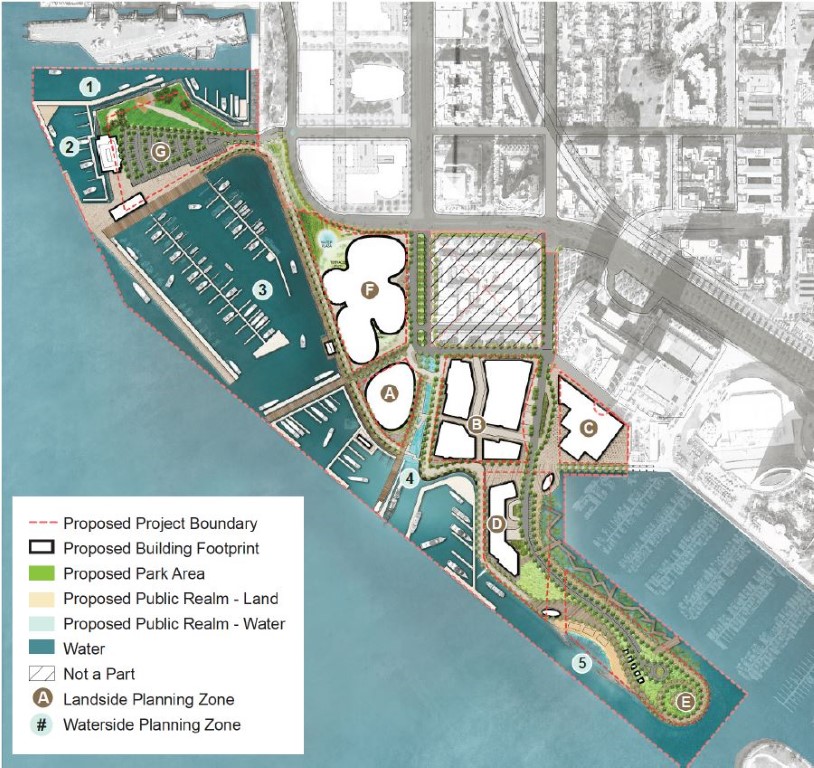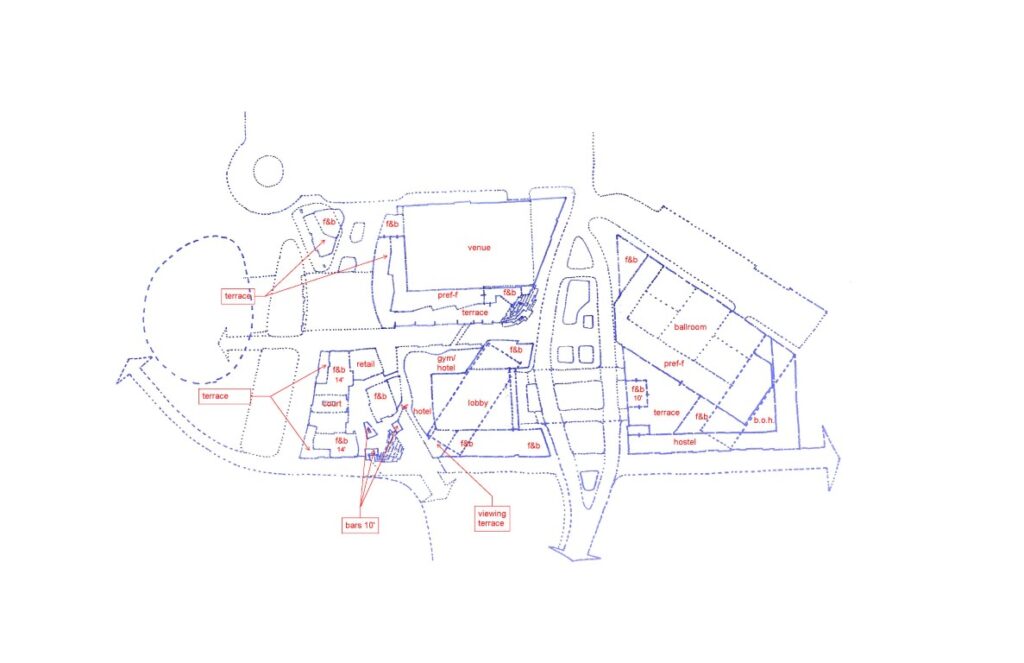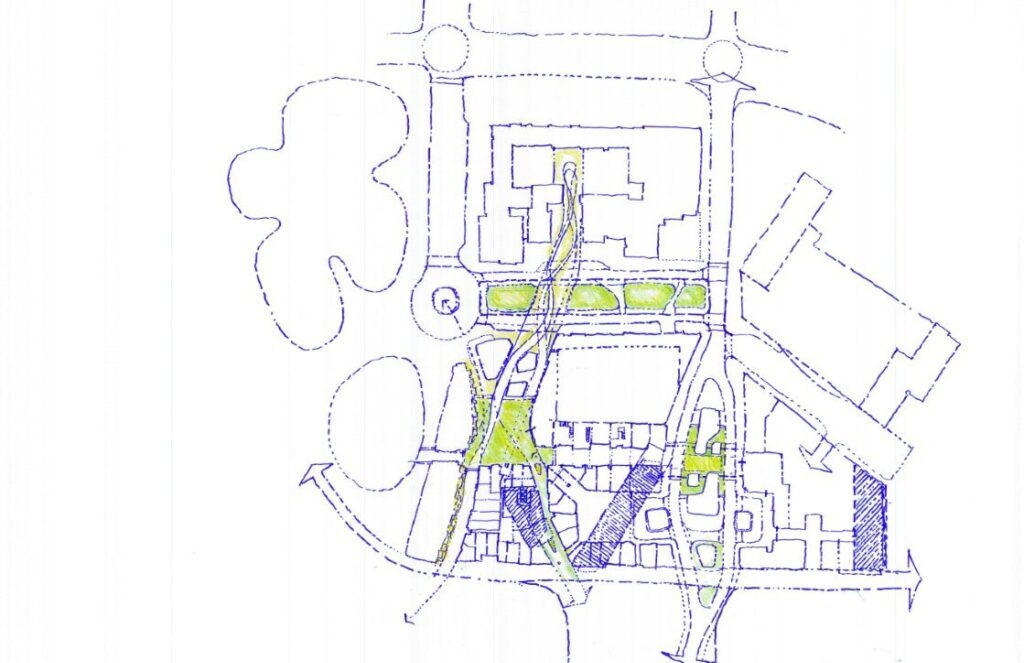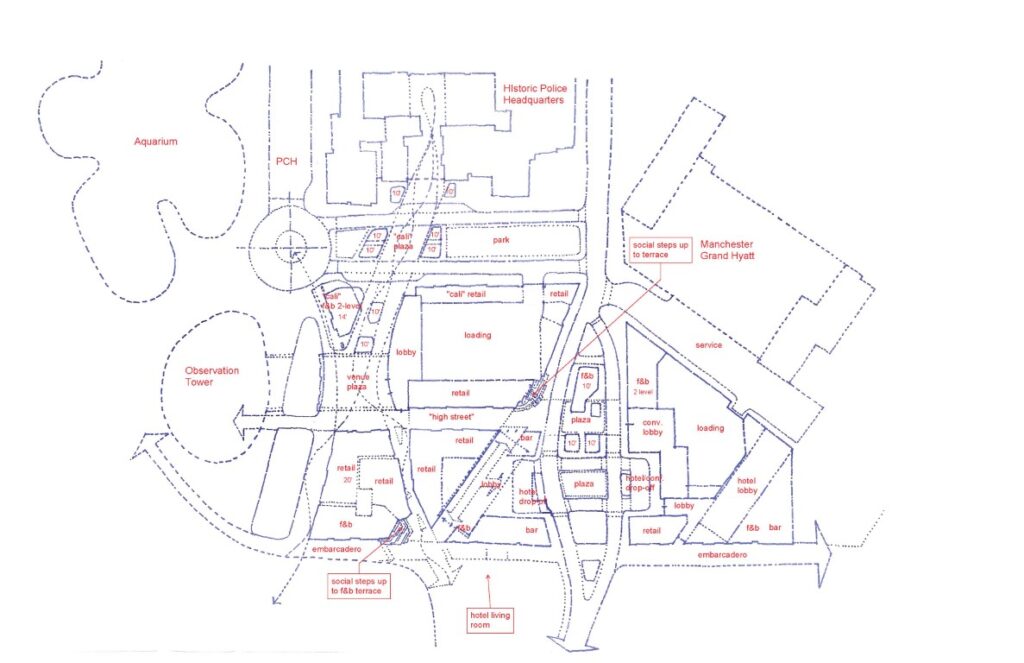Seaport
Colombo, Sri Lanka
Colombo Port City is conceived with a dynamic futurism in city planning that embodies pedestrian, urban greens as the fundamental driver for livability and long-term sustainable growth. The thoughtful juxtaposition of pedestrian and vehicular movement is the new paradigm for the future of all urban development – the humanization of the city through careful balance and orchestration of nature, urban form, movement, and culture.
This master plan is the catalyst for urban image-ability of the city with extensive overlays of vibrant pedestrian paths. Quite apart from traditional city plans, this is a vision of a distinctive and organic urban ‘green fabric’ that drives porous, inter-block connectivity within Colombo Port City. The concentration of green parkways energizes retail, commercial, residential, and recreational uses, while increasing livability and commercial value of these districts.
This urban vision is reinforced by a backdrop of architectural typologies, formed edges, density and scales that further enhance the human experience and the creation of place. The planned area re-distribution of the master plan layout requires individual development parcels to a support a common, contiguous network of open spaces, plazas, promenades, esplanades, gathering lawns, gardens, and event spaces.
Supporting the intentional segregation of vehicular and vibrant pedestrian passages are holistically integrated, practical and simple sustainable technical systems. This master plan employs sustainability practices that are composed in careful and elegant ways that are intentionally imperceptible – thoughtful use of shade, extensive landscaped greens that mitigate heat island, and practical integration of conservation and re-use measures for water in public areas and within development of individual sites.
Client:
badan design
Type:
Hospitality
Site Area:
1220 sqm
GFA:
Height:
210m
Service:
Status:


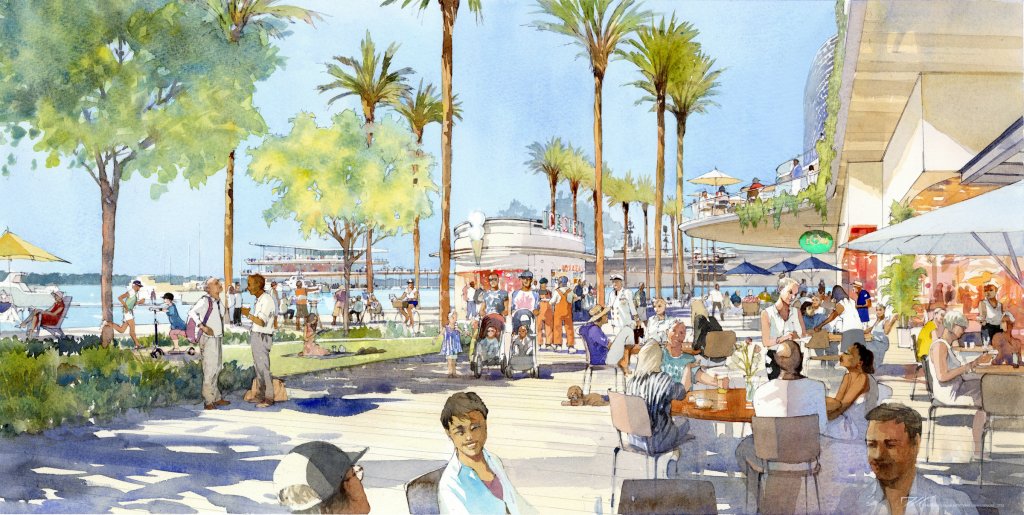
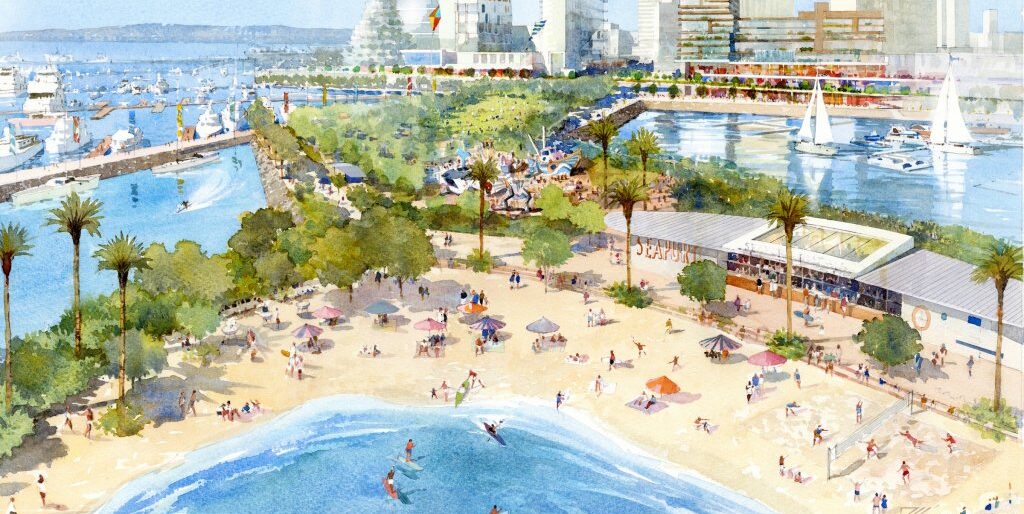
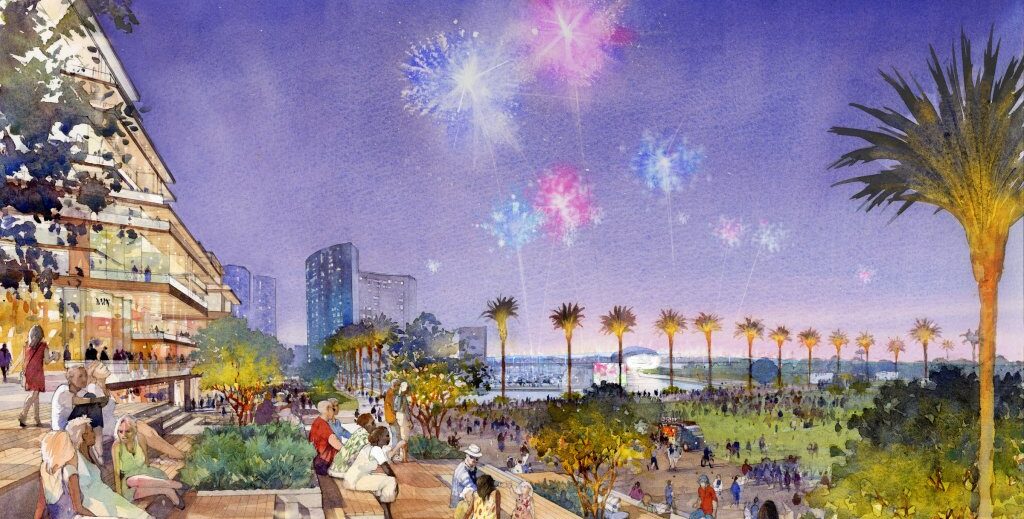
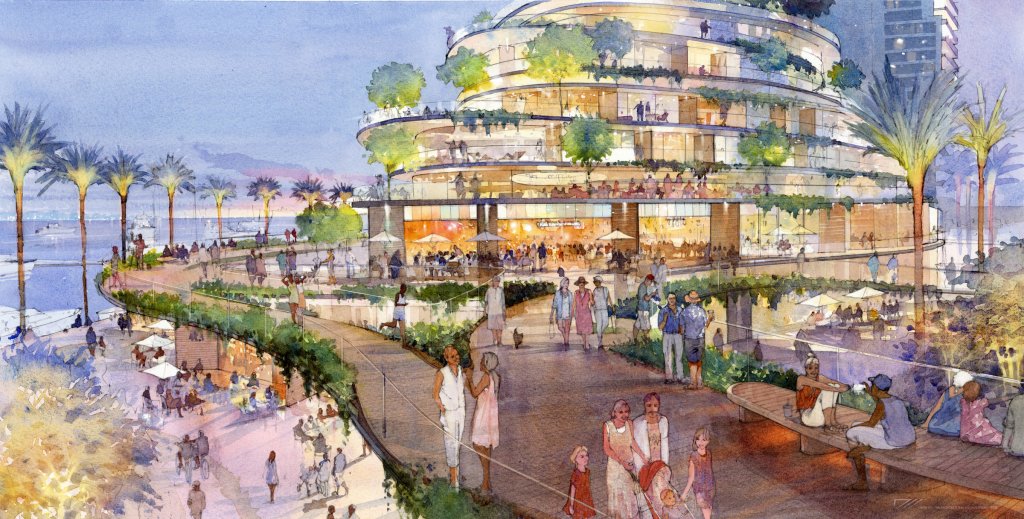
Driving the vision is the principle of an over-arching urban envelope that creates a striking and pronounced urban ‘topography’. This shaping of key city skyline elements, establishment of a distinct urban ‘podium’, and molding of the city ground plane with vertical landmarks, and horizontal paths and nodes reinforces the urban legibility that makes cities memorable.
Colombo Port city shifts the focus of spatial organization – a vibrant, people-centric, new generation in planning of the city of Colombo and its future as a global destination.

